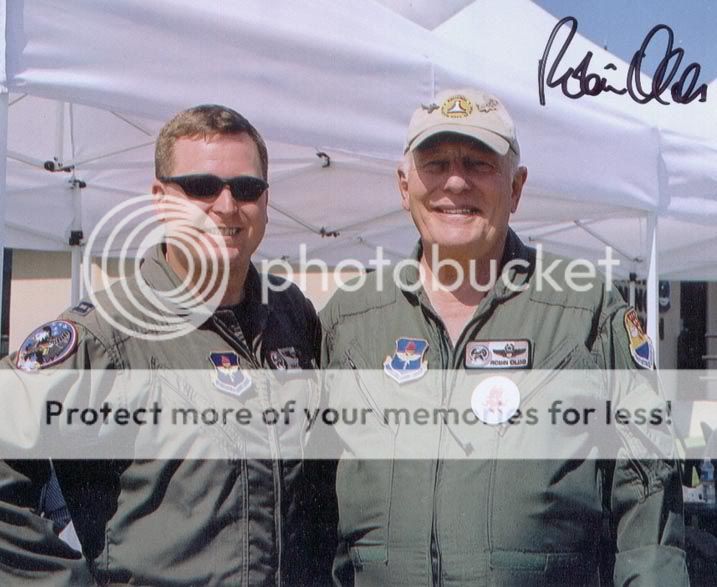It would be interesting to know what they set the mixture to on the ground. If they knew they were going to be dogfighting at some block of altitude, they'd have to be at some setting less than full rich for max power if it was set conventionally. Basically akin to having to reduce mixture when taking off from a higher elevation airport to get max airport.
I'm certain they were taking off in full rich and then modulating it as needed in the climb.
Remember that these engines (depending on type) also had internal superchargers or turbochargers to give more sustained power at altitude, so mixture control wasn't exactly the same as typical normally aspirated air-breather pistons.
Although we today see this kind of engine management to be complicated, it was part and parcel with being a pilot then -- sort of like how flying a taildragger is some mystical voodoo to many pilots these days, but was just "flying" to a half-century's worth of aviators.
 )
)

